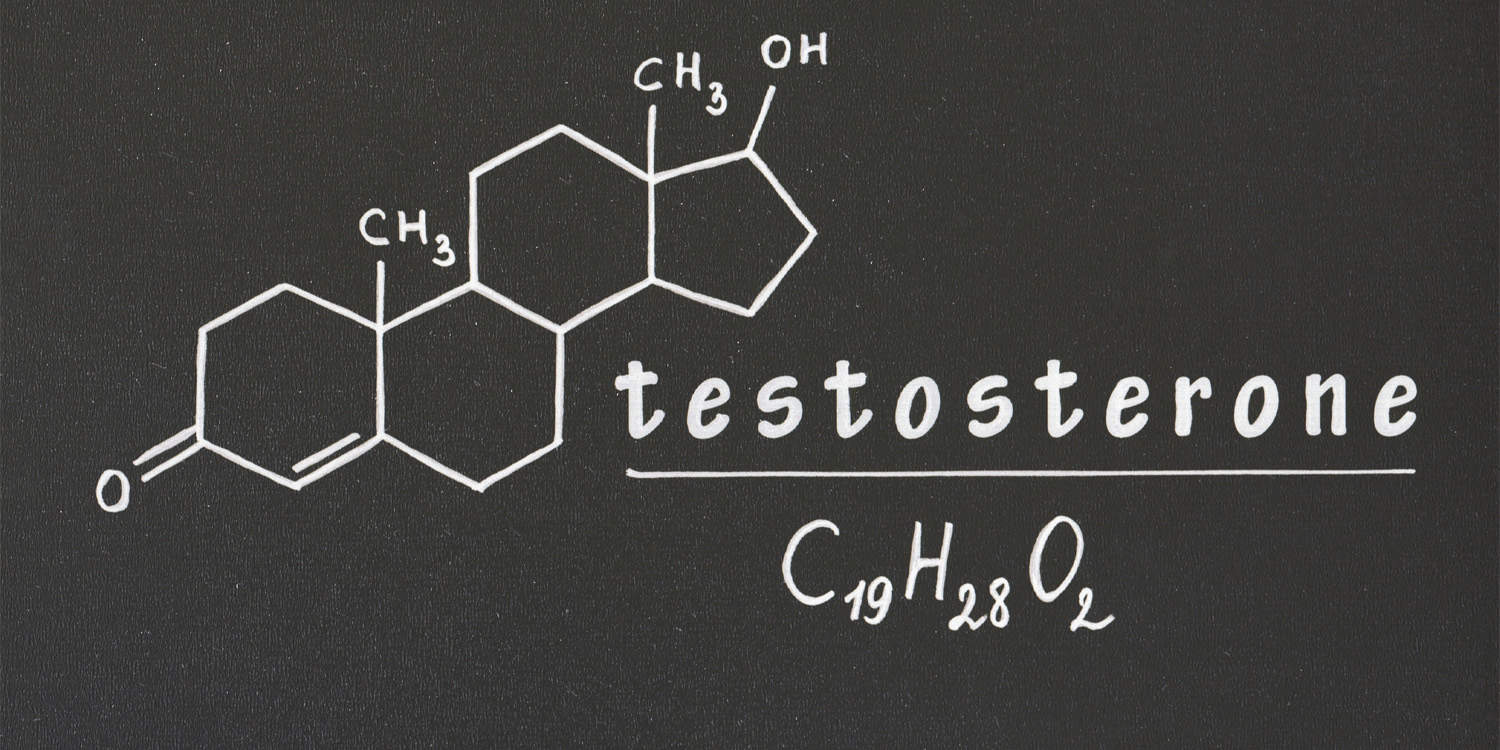A new study published in Proceedings of the Royal Society B challenges the widely held belief that fluctuations in testosterone levels directly influence changes in men’s sexual desire. Researchers who tracked the daily hormone levels and self-reported desires of men for a month discovered no connection between the two. However, the study did uncover a potential link between testosterone and efforts to attract romantic partners, particularly on days when single men interacted with potential love interests. This suggests that testosterone in men might be more closely related to pursuing romantic opportunities than simply fueling sexual desire on a day-to-day basis.
Testosterone is a hormone, a type of chemical messenger in the body, that plays a key role in male sexual development and reproduction. While often thought of as a “male” hormone, both men and women produce testosterone, though men have much higher levels. In men, it’s important for things like muscle mass, bone density, and sex drive.
Testosterone is often assumed to be the driving force behind sexual desire in both men and women. This belief is so pervasive that testosterone is frequently prescribed to men experiencing low sexual desire, even when their testosterone levels fall within the normal range. Despite these assumptions, scientific evidence linking natural fluctuations in testosterone to shifts in sexual desire remains limited, particularly in men.
While past studies have found that men with extremely low testosterone levels—such as those with medical conditions affecting hormone production—often report decreased sexual desire, the question of whether normal, day-to-day changes in testosterone impact desire has been largely unexplored. Most previous research has relied on comparisons between individuals rather than tracking changes within the same person over time.
“We are interested in mapping the evolved functions of hormones like testosterone, and the role of natural testosterone fluctuations in the regulation of men’s desire was not previously examined in detail at the daily time-scale. As such, we were interested in collecting data that could help fill this gap in the existing literature,” explained study author James R. Roney, a professor of psychological and brain sciences at the University of California, Santa Barbara.
For their study, the researchers recruited 41 adult men aged 18 to 26. For 31 days, these men provided daily saliva samples to measure their testosterone levels and completed daily online surveys about their sexual desire and courtship efforts. To minimize the effect of daily hormone cycles, saliva samples were ideally collected in the early afternoon on weekdays at a research lab. On weekends, participants collected samples at home and stored them until they could be brought to the lab.
The men completed online surveys each morning, answering questions about their experiences from the previous day. Sexual desire was measured using a combination of three questions asking about the amount of sexual thoughts, sexual fantasies, and sexual desire experienced the previous day. Participants rated these items on a scale from “Not at all” to “A lot,” and their responses were combined into a single score representing their daily sexual desire. To assess courtship efforts, the survey included a question asking, “How much effort did you put into attracting a possible romantic and/or sexual partner yesterday?” also rated on the same scale.
Additionally, participants were asked whether they had a direct social interaction with someone they found attractive as a potential romantic or sexual partner on the previous day. The saliva samples were analyzed to determine the concentration of testosterone. To account for natural daily fluctuations in hormone levels, the researchers statistically adjusted the testosterone measurements based on the time elapsed since each participant woke up.
The study’s primary finding was that there was no significant positive relationship between daily changes in testosterone levels and daily changes in sexual desire in men. This lack of connection was consistent across all the men in the study, and it held true when looking at both same-day relationships and potential delayed effects.
“Our data suggest that men’s sexual desire does not track day-to-day fluctuations in testosterone,” Roney told PsyPost. “In other words, when a man experiences a day with higher than usual testosterone, there is no evidence that he also tends to have higher than usual sexual desire. This appears to be contrary to common beliefs and suggests that testosterone supplementation may not increase desire among men who have testosterone concentrations within the normal range.”
In fact, the researchers found a small, unexpected negative relationship: slightly higher testosterone on one day was associated with slightly lower sexual desire on the following day. This unexpected finding, although small, further contradicts the idea that daily increases in testosterone boost sexual desire.
“In a time series analysis, there was a tendency for higher testosterone on one day to predict slightly lower sexual desire the next day,” Roney said. “This was unexpected, but we would want to see that pattern replicated in another study before being confident that it is a robust effect.”
However, when the researchers looked at courtship efforts, a different picture emerged, particularly for single men. While there was no overall link between daily testosterone and general courtship efforts, a more specific analysis revealed a connection on days when single men had interacted with potential romantic partners. On these days of social interaction, single men with higher testosterone levels reported putting more effort into attracting a partner. This suggests that while daily testosterone fluctuations may not be driving overall sexual desire, they might play a role in motivating men to actively pursue romantic opportunities.
“Our study also provided preliminary evidence that men may engage in greater efforts to attract romantic partners on days when their testosterone is higher, suggesting that testosterone may have evolved functions that are more closely tied to courtship efforts than to sexual desire,” Roney said.
The researchers acknowledged some limitations to their study. The participants were all young men from a university setting in the United States, so it is not clear whether these findings would apply to men of different ages or from different cultural backgrounds.
“The findings relating testosterone to mate attraction efforts should be replicated in an independent sample to ensure that this is a robust pattern,” Roney noted. “Our participants were college students in an industrialized country and so there are questions as to whether the findings would generalize to men in other age groups or settings.”
“Overall, we are trying to build models of the evolved functions of testosterone by mapping what causes it to increase or decrease, and what output effects follow in response to changes in its production. The variables examined here add evidence regarding the possible output effects of natural fluctuations in testosterone.”
The study, “Day-to-day associations between testosterone, sexual desire and courtship efforts in young men,” was authored by Tikal Catena, Blair T. Crewther, Adar B. Eisenbruch, Rachel L. Grillot, Dario Maestripieri, and James R. Roney.




